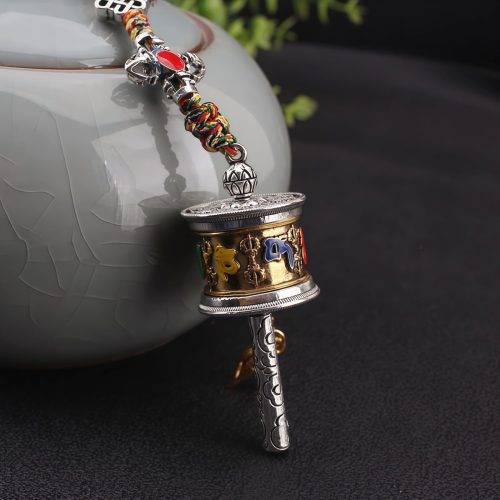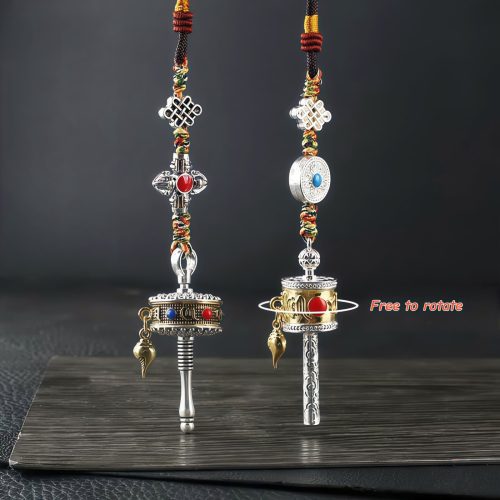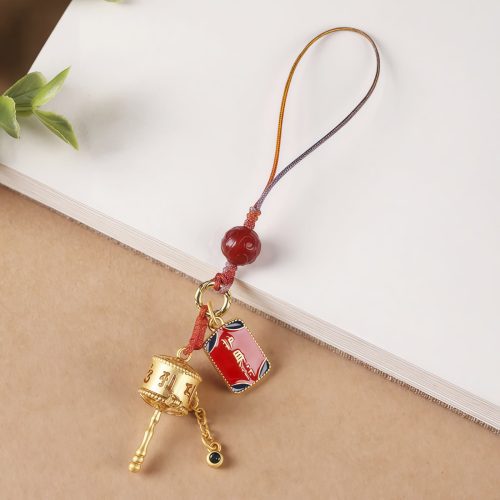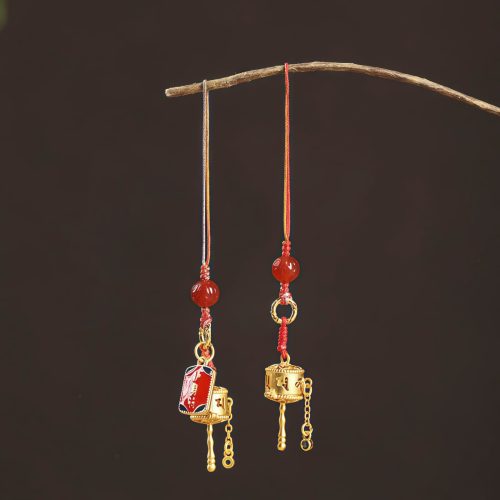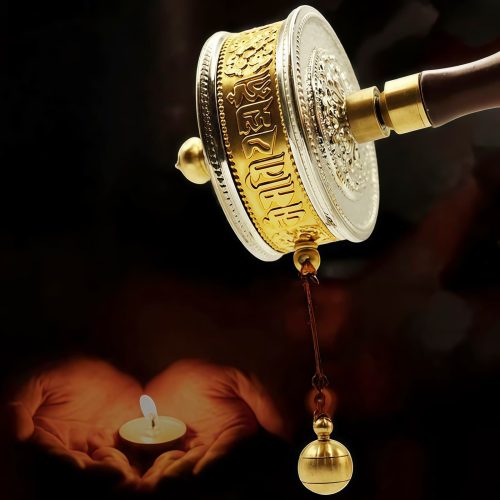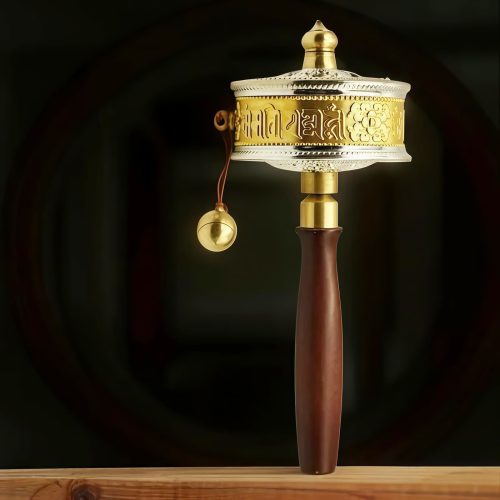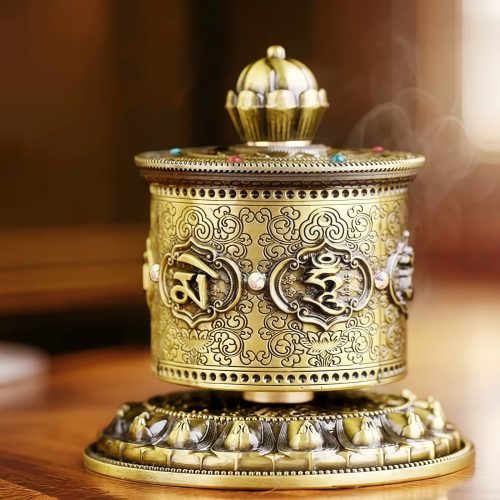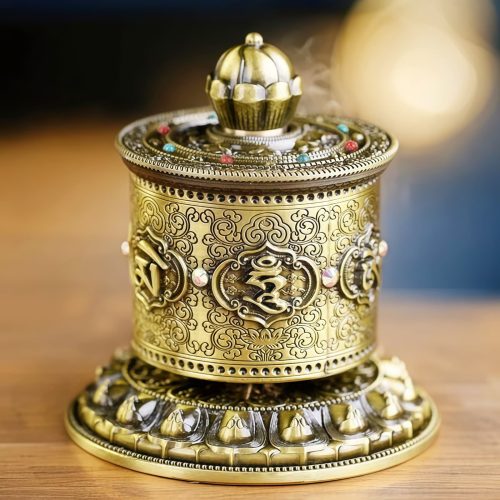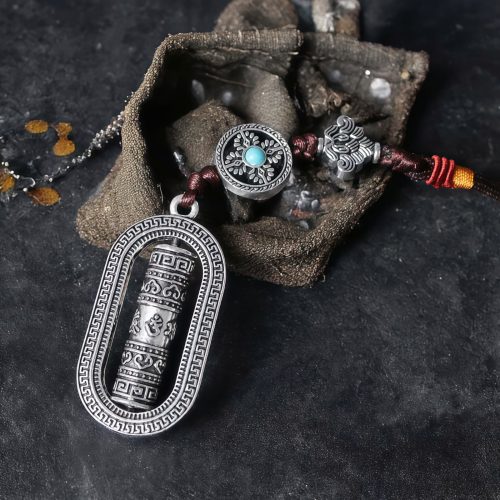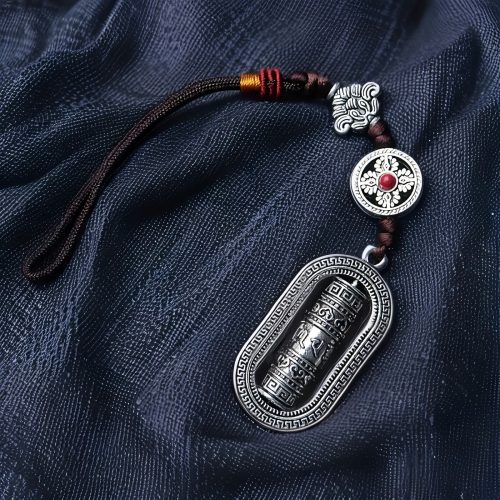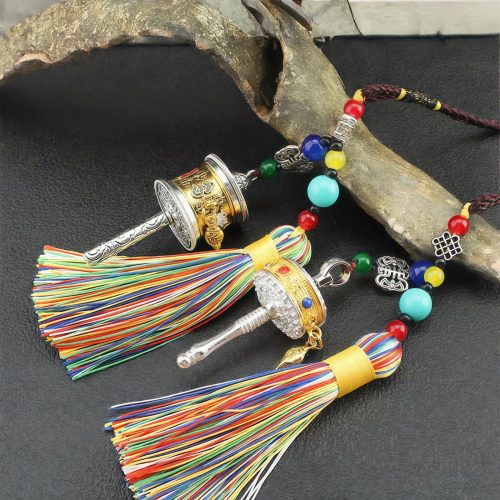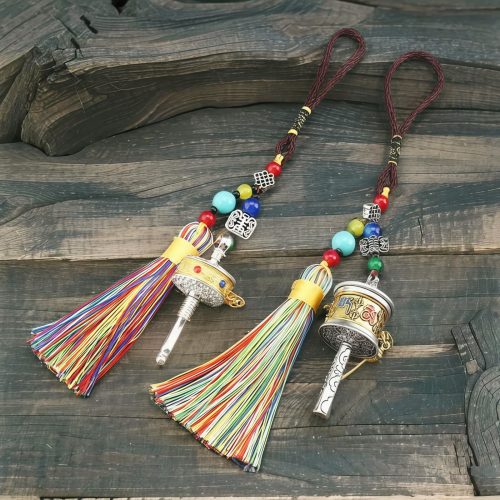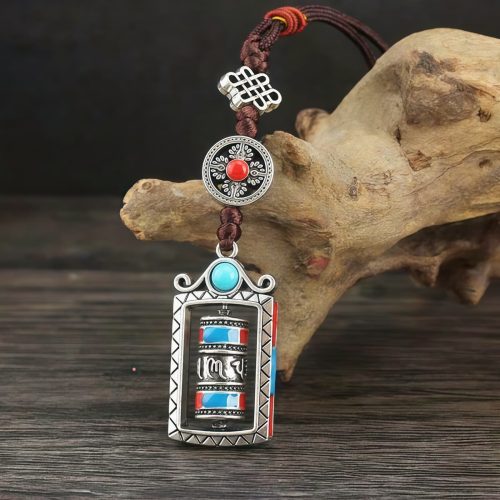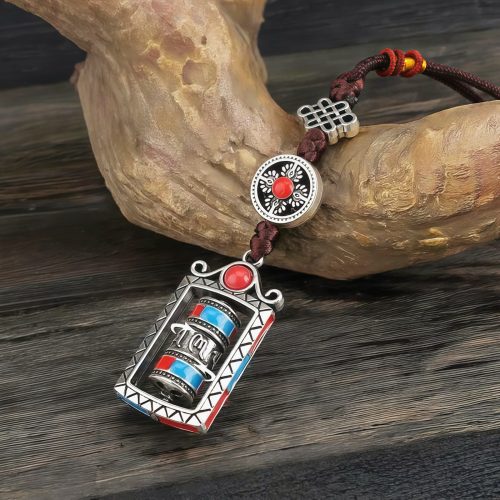Tibetan prayer wheels, known as 'Mani wheels,' are sacred ritual objects central to Buddhist practice, containing written mantras. When spun, these wheels are believed to release blessings, prayers, and positive energy into the environment, offering a unique path to spiritual merit and mindfulness. They serve as a tangible aid for meditation and a symbol of devotion.
What Exactly Are Tibetan Prayer Wheels?
Tibetan prayer wheels are cylindrical devices, typically made from metal, wood, or leather, which house scrolls of tightly rolled paper or film inscribed with countless repetitions of a mantra. The most common mantra found within is "Om Mani Padme Hum" (ॐ मणि पद्मे हूँ), which translates roughly to "The Jewel in the Lotus." These tools are distinct from other Buddhist aids like Mala beads, which are used for counting mantras, but share a common goal of fostering spiritual focus.
- Handheld Prayer Wheels: Often small, with a handle and a weighted chain that allows for easy spinning during circumambulation or meditation.
- Tabletop & Temple Prayer Wheels: Larger, fixed installations found in monasteries, temples, or homes, spun by hand or sometimes by wind or water.
- Car Hanging Prayer Wheels: Smaller, decorative versions designed to bring blessings and protection to travelers.
Each prayer wheel is designed to be spun clockwise, symbolizing the rotation of the universe and the flow of positive energy. The intricate designs often feature auspicious symbols or even Dzi beads, adding layers of protective and beneficial energy.
How Are Tibetan Prayer Wheels Used?
The primary function of a Tibetan prayer wheel is to facilitate the accumulation of merit and wisdom, and to purify negative karma. Rather than reciting mantras aloud, spinning the wheel with devotion is considered an equivalent act of prayer.
- Direction: Always spin the prayer wheel clockwise. This direction aligns with the movement of the sun across the sky and the traditional circumambulation of stupas and sacred sites.
- Intention: While spinning, focus your mind on the mantra within, cultivating compassion, peace, and positive intentions. It is the sincere intention behind the action that holds the most significance.
- Pace: Spin the wheel at a steady, gentle pace. It is not about speed, but about the quality of your concentration and devotion.
Using a prayer wheel can deepen meditative states, calm the mind, and serve as a constant reminder of spiritual principles throughout the day.
Choosing the Right Tibetan Prayer Wheel for Your Practice
Selecting a prayer wheel involves considering its intended use, size, and materials, which can influence its practicality and energetic resonance.
- Purpose:
- For personal meditation or travel, a lightweight, handheld prayer wheel is ideal. These are designed for portability and sustained spinning.
- For home altars or sacred spaces, larger tabletop or standing models offer a more prominent focal point.
- Car hanging versions provide blessings for journeys and are often smaller and more decorative.
- Materials: Common materials include copper, brass, silver, wood, and sometimes semi-precious stones. Copper is traditionally valued for its conductive properties for spiritual energy. Wood offers a natural, earthy feel.
- Mantra & Symbolism: While "Om Mani Padme Hum" is universal, some wheels may feature other specific mantras or intricate designs that resonate personally with the user.
Understanding the purpose and proper use of Tibetan prayer wheels enhances their significance as spiritual tools. Each piece offers a tangible connection to an ancient tradition, inviting practitioners to engage in a meditative practice that promotes peace and positive energy. Explore the collection to find a prayer wheel that resonates with your spiritual journey.















